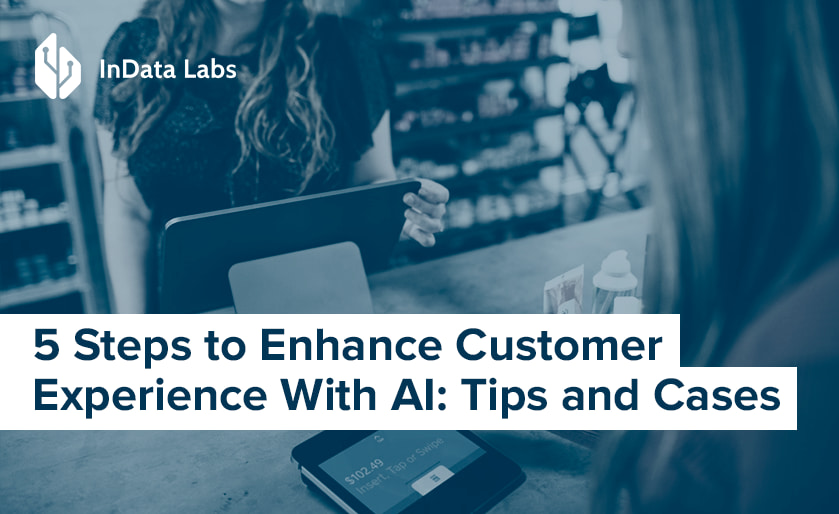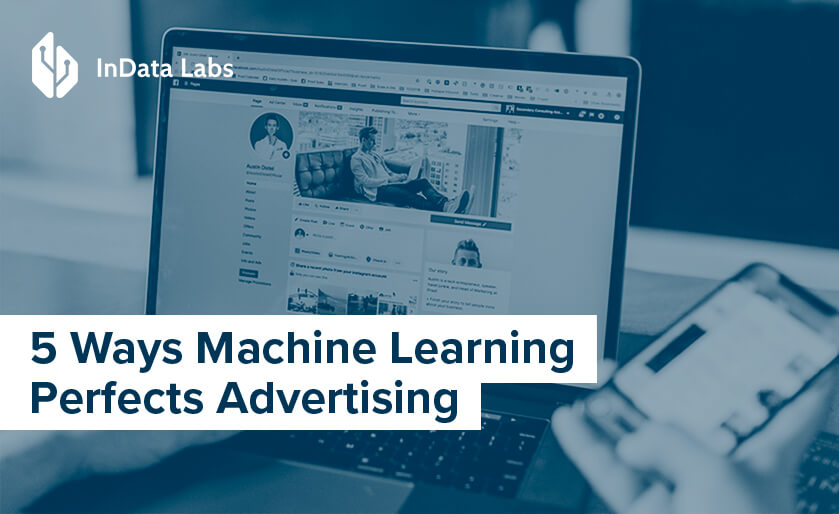We are witnessing a new industrial revolution. Marketing is becoming less of an art and more of a data-driven discipline that resembles pure magic to the consumer. The aim of retailers is to get inside the head of the customers and anticipate needs, desires, and options even before the person makes a conscious decision. The fuel of this revolution is big data, and the changes can be felt both in online environments as well as brick and mortar stores.
It is not about selling more but selling to the right people, those that are already keen to buy. Just take the example of a hotel chain which used big data to target passengers with canceled flights and to offer them a lodging option.
Implementing a Data-first Strategy in Retail
In fact, big data can positively impact all stages of the selling process. Let’s identify the right tools for making data-driven decisions at each stage.
Identifying Trends
Big data has reversed the traditional approach to retail: if you build it, they will buy. Now the question being asked is: “what should we make so the customers will buy it?” Moreover, clients are not shy about expressing what they want. They “shout” it all over the Internet via comments, tweets, wishlists or even simple Google searches.
Identifying what will be the next hit just takes careful listening. This is where big data comes into play. Successful companies have the right tools to see what is trending, what people are talking about and how much they want it. Tools for consumer sentiment analysis predict whether a piece of writing is positive, negative, or neutral, thus discovering how people feel about a particular trend, topic, brand, etc. Putting these results on a map shows where to market it and prepare delivery logistics.
Forecasting Demand
Once you know what is in, it is time to evaluate just how much of it you need. Not every fan is a buyer. Getting the inventory’s size just right is an age-old retail problem. Although there will never be a 100% match between supply and demand, big data is helping to close the gap.
For example, a rule in traditional clothing retail stated that the sizes should follow a 1-2-2-1 (S-M-L-XL) proportion, while big data rephrased that as 2-22-27-30-15-4 (XS-XXL). Similar approximations can be created for any product by looking into demographics and economic indicators such as purchasing power, average salary and more.
Price Optimization
Once you know what and how much to sell, it is time to stick a price tag on it. Through big data analysis, price optimization is coming closer to its theoretical definition: the value situated at the meeting point between supply and demand. Dynamic pricing models and gradual price reductions instead of sales seasons are becoming the norm.
This is possible through web scraping and analyzing the competition’s actions in real time. Shopping patterns and product pairing analysis also offers a way of increasing revenue, for example by creating product bundles, that justify a higher price by the increased value and convenience. Some stores even allow customers to set price alerts and use this data to compute what a “fair” price would be from the consumer’s perspective. Re-targeting marketing efforts towards the alert setters is a by-product that drives sales.
Identifying Niches
Recommendation engines match the ideal customer with the perfect product or at least do their best towards this goal. Based on demographics, sociographics, and personal browsing history, machine learning algorithms strive to match the client’s profile to the existing offer.
Until now, brick and mortar stores could not target customers in real-time, but this is about to change through the IoT. By analyzing data from existing customers through CCTV cameras and beacons, the interactive displays will show exciting products for the client. This is similar to how ads appear on a website, driving sales up.
Customer Experience
In fact, the entire customer experience will be enhanced by adding a bit of VIP treatment to every interaction. Get ready for sales assistants to greet you by name and suggest customized offers for you. If you want to share all this on social media, even better, as you are teaching their algorithms more about you. Companies strive to have a 360 degrees view of each customer in their effort to match clients’ growing expectations.
Everything has to be tailor-made, even payment options or contact. Studying patrons’ behaviors prepares the retailer to offer them the most convenient way to hand over the money. Just look at Amazon’s 1-click ordering for returning customers.
Further Recommendations: Upselling and Cross-selling Strategies
The saga does not end with the moment the client hits “Pay now.” It is just the beginning of a new cycle. Based on the purchase, the system knows a little bit more about the individual at this point, and it is ready to make recommendations and associations. A common technique is the analysis of the market basket to see complementary products. Coupled with the client’s demographics, these are the base for other endorsements.
Regardless whether the customer bought the product or not, the system has already recorded the purchasing path, and it is now equipped to face similar customers and maybe to present them with winning options earlier, shortening the agony of searching.
Conclusion
The customer-centric revolution in retail started by Amazon is becoming mainstream. As more organizations adopt big data to lead their marketing efforts, the differentiation strategy is becoming a survival struggle. The VIP treatment customers get from one retailer is setting the standard for what they expect from the next. Not meeting this standard is synonymous with being out of business. However, all is not lost for small and medium-size companies. By accessing big data consulting services, they can embrace a data-first strategy, use the same tools as large organizations, and compete for the same clients.



